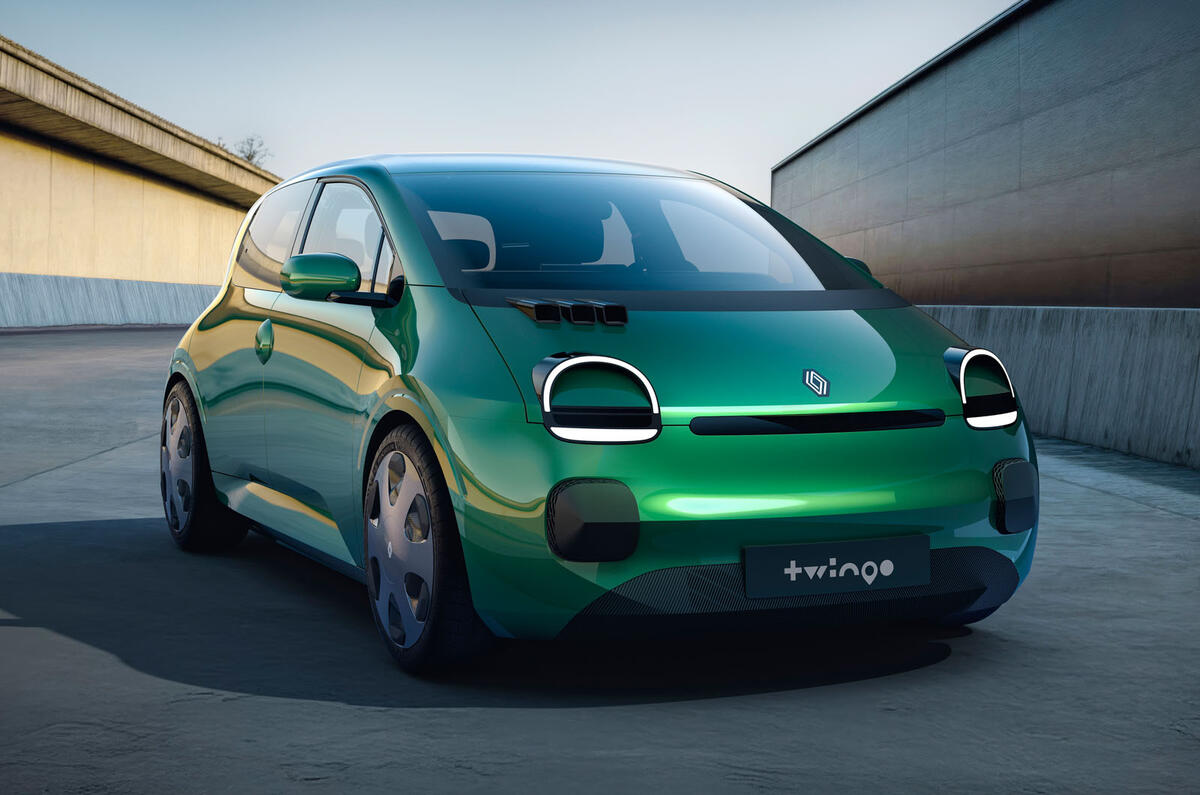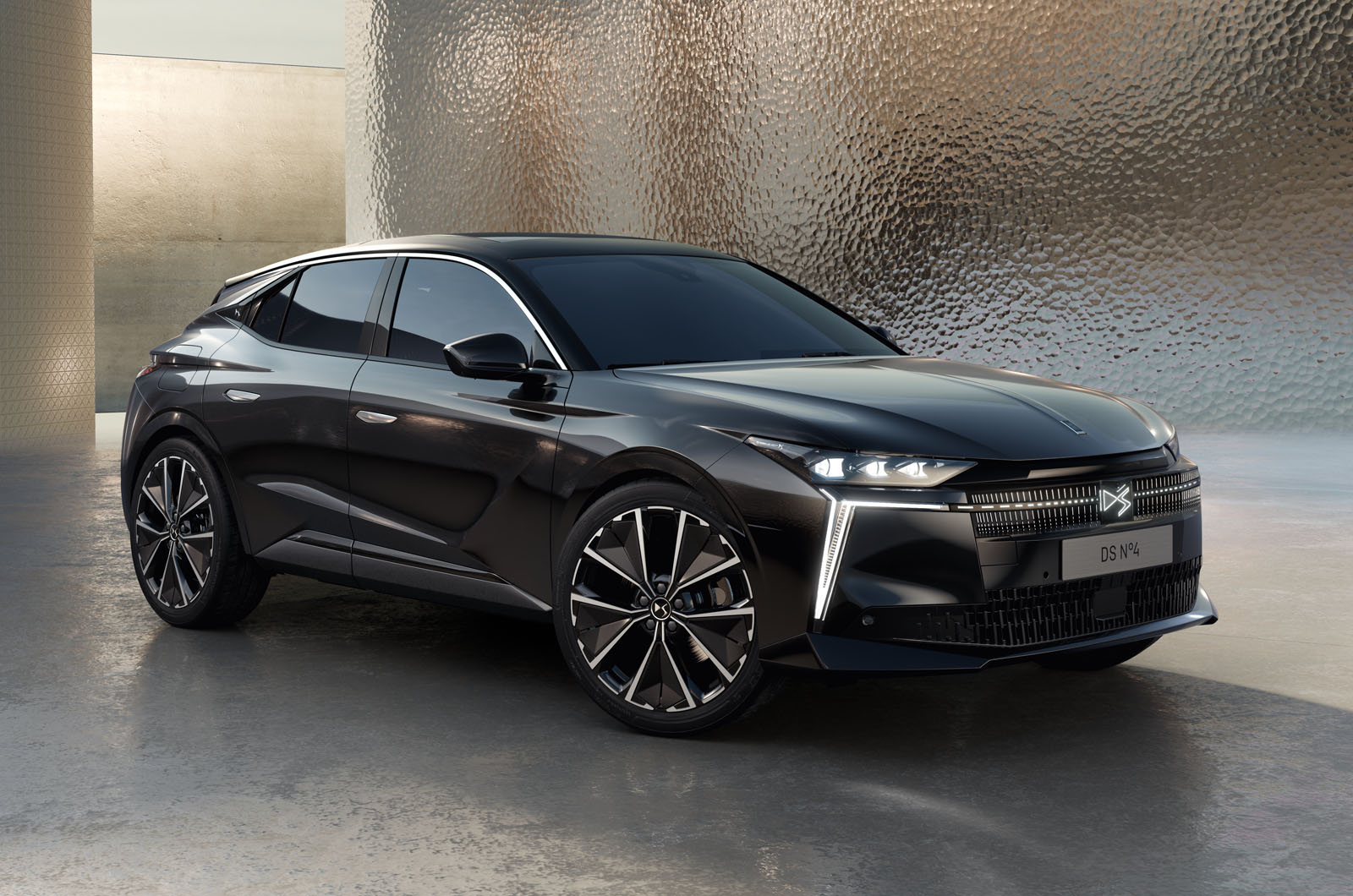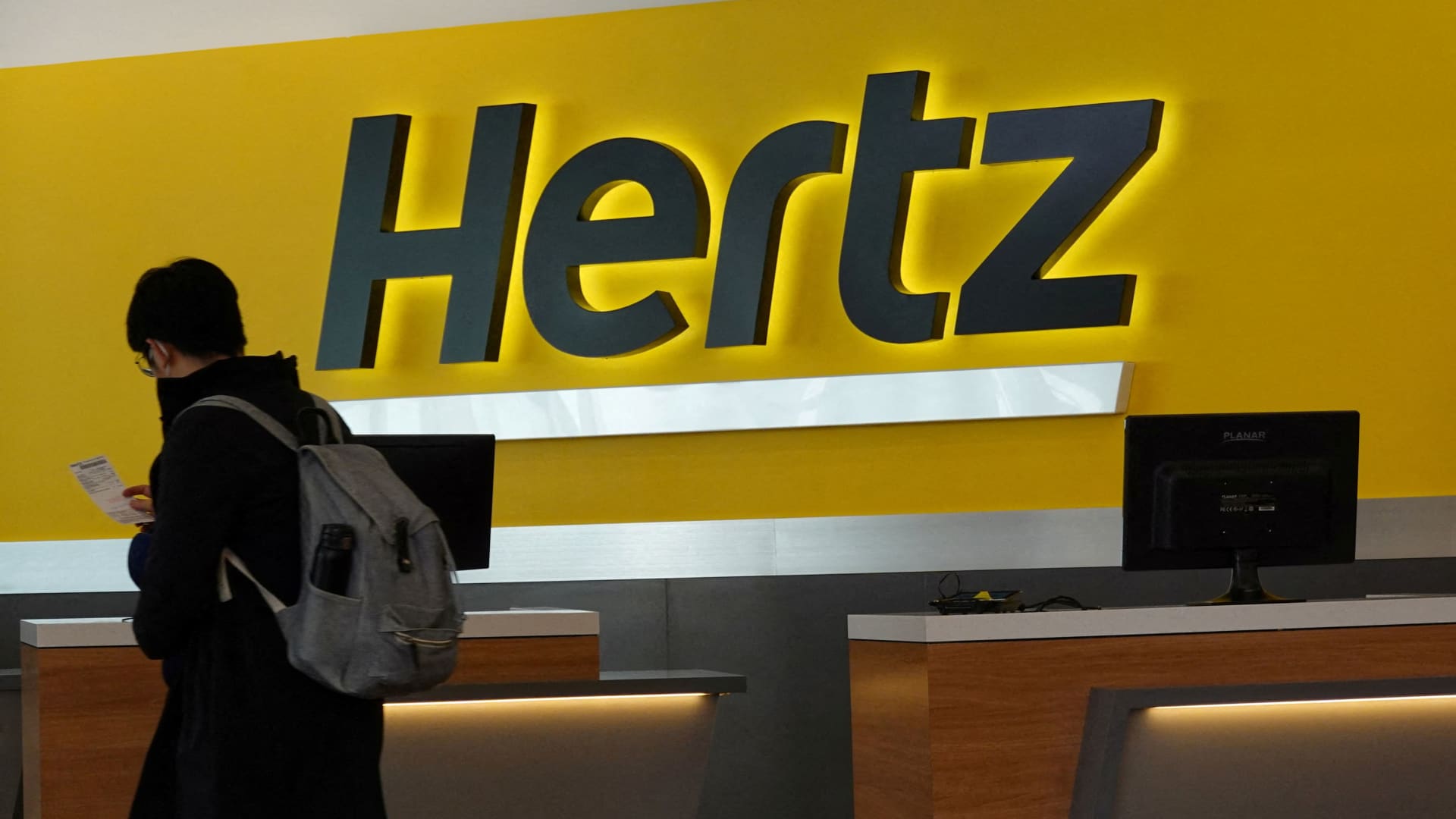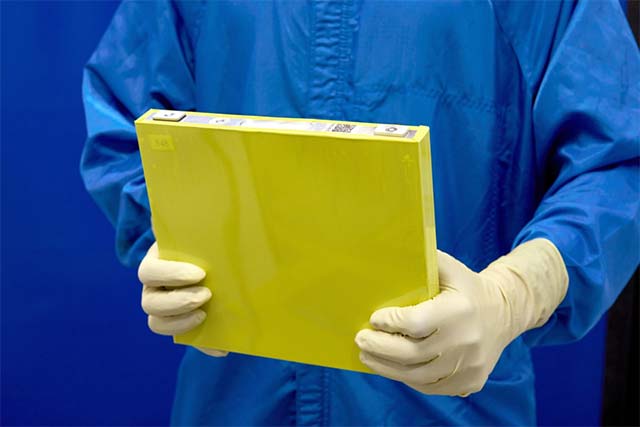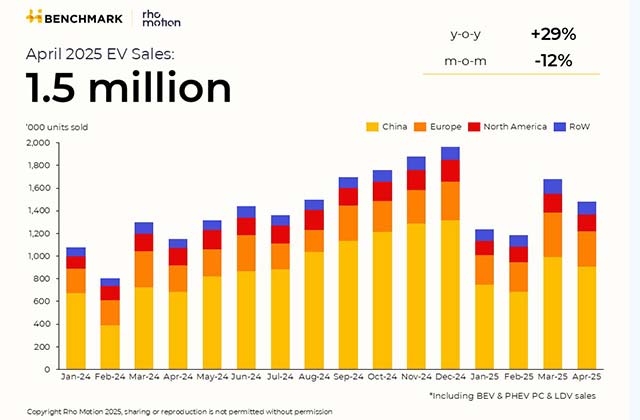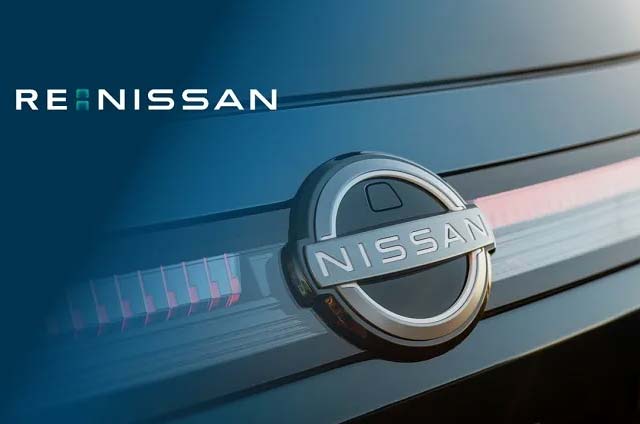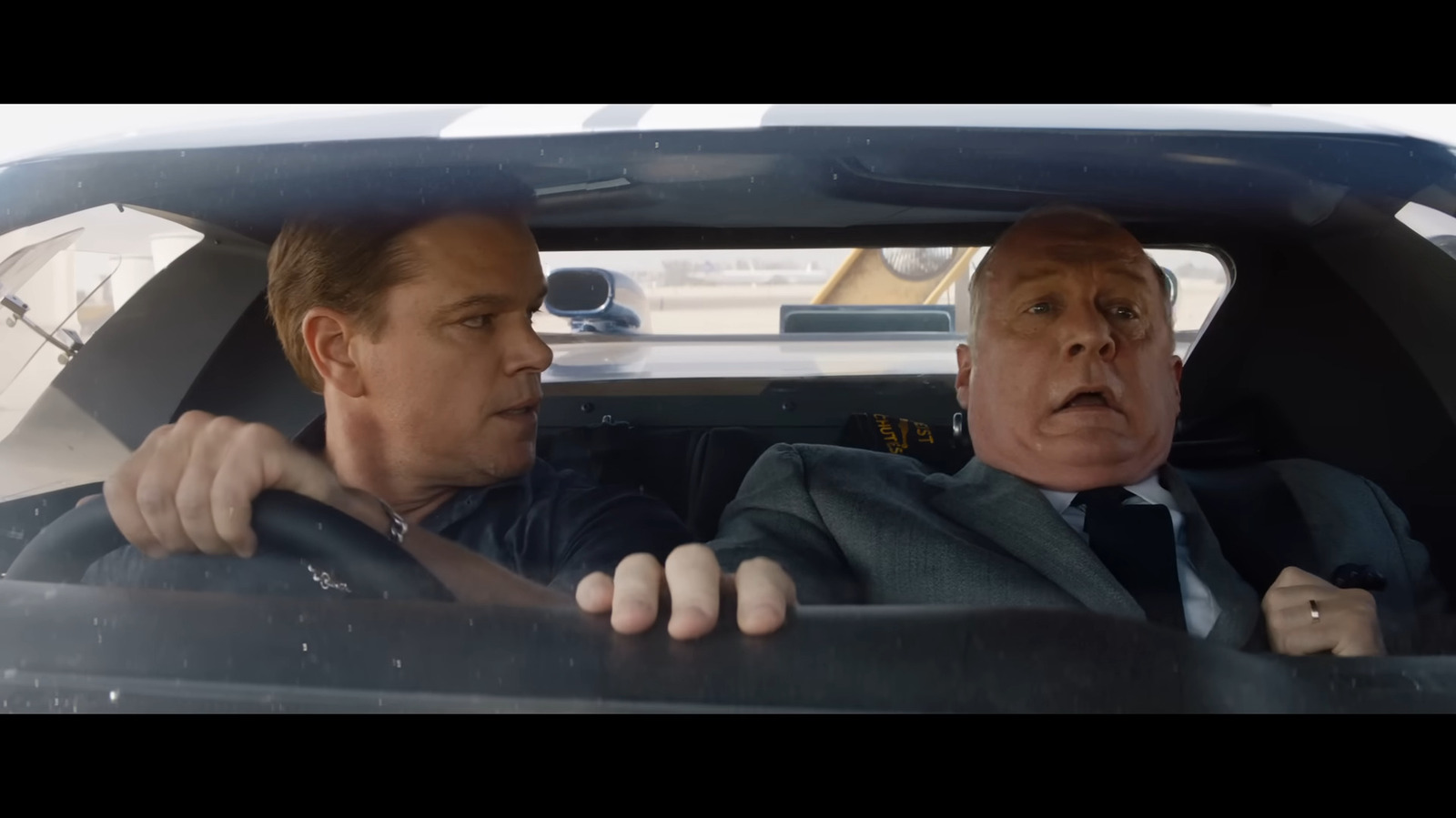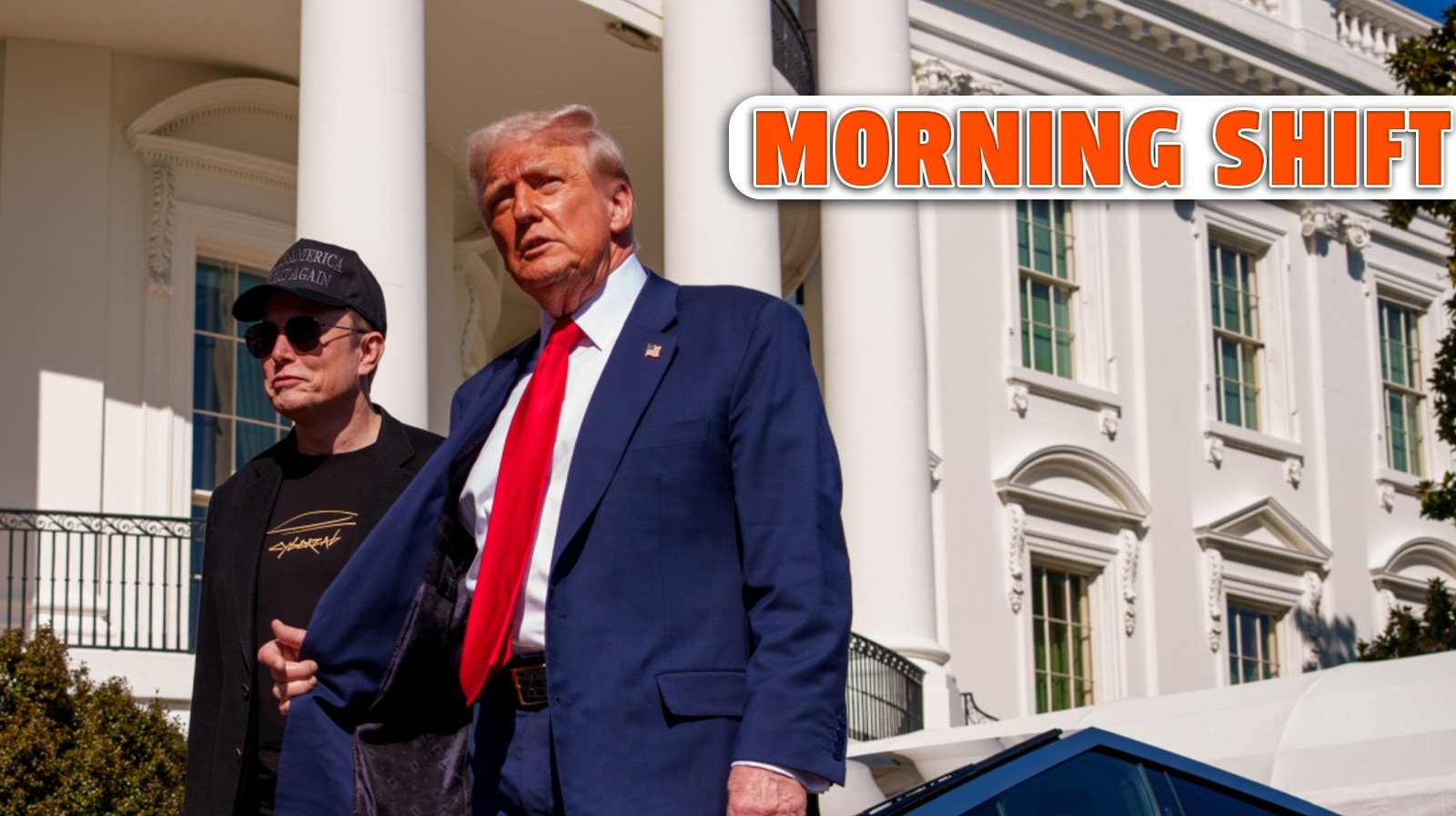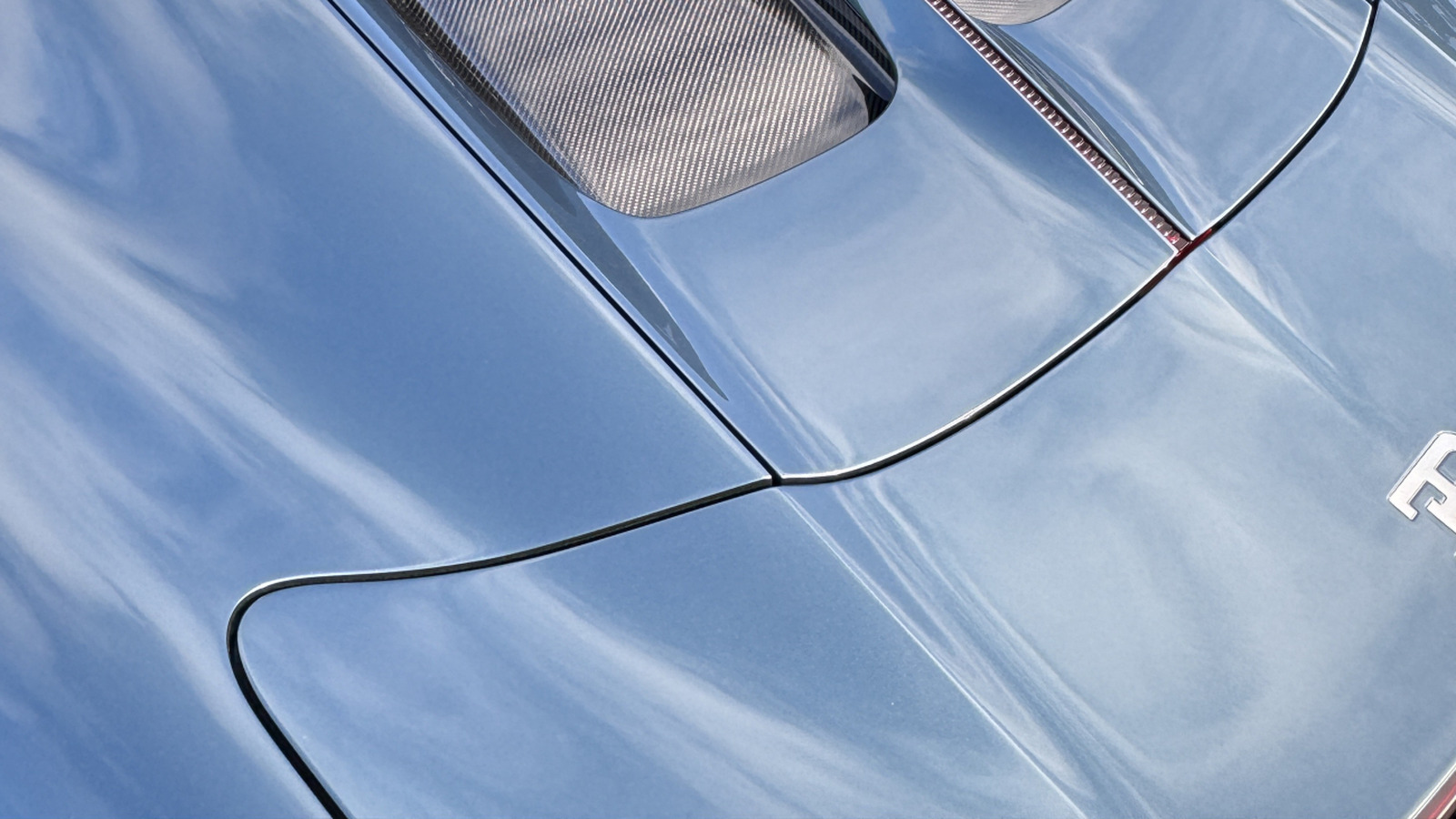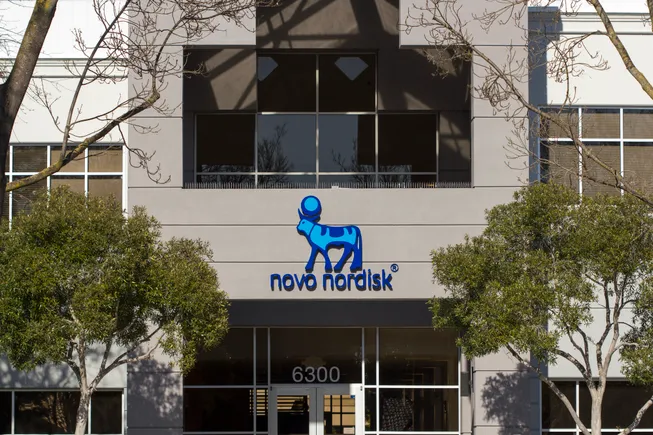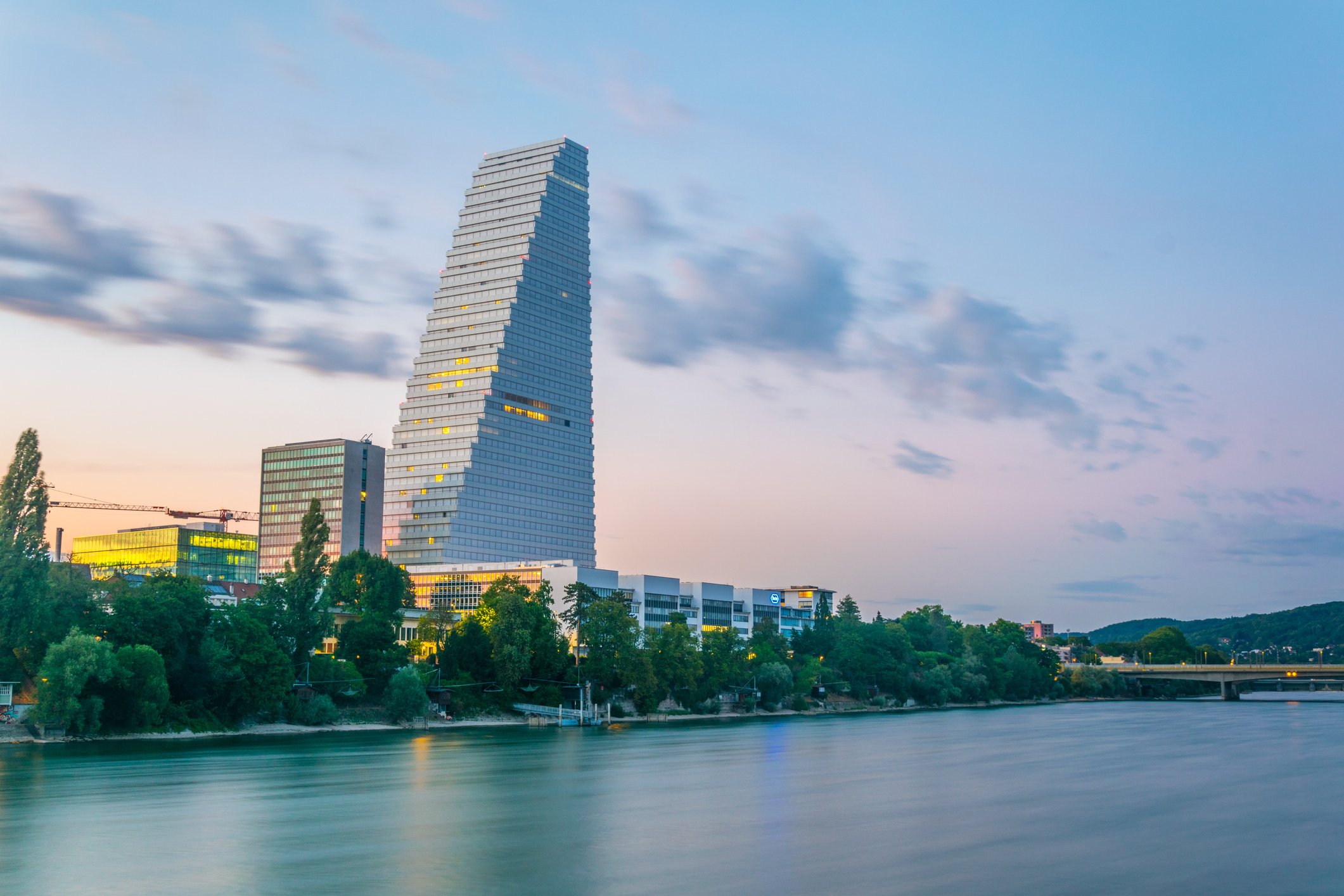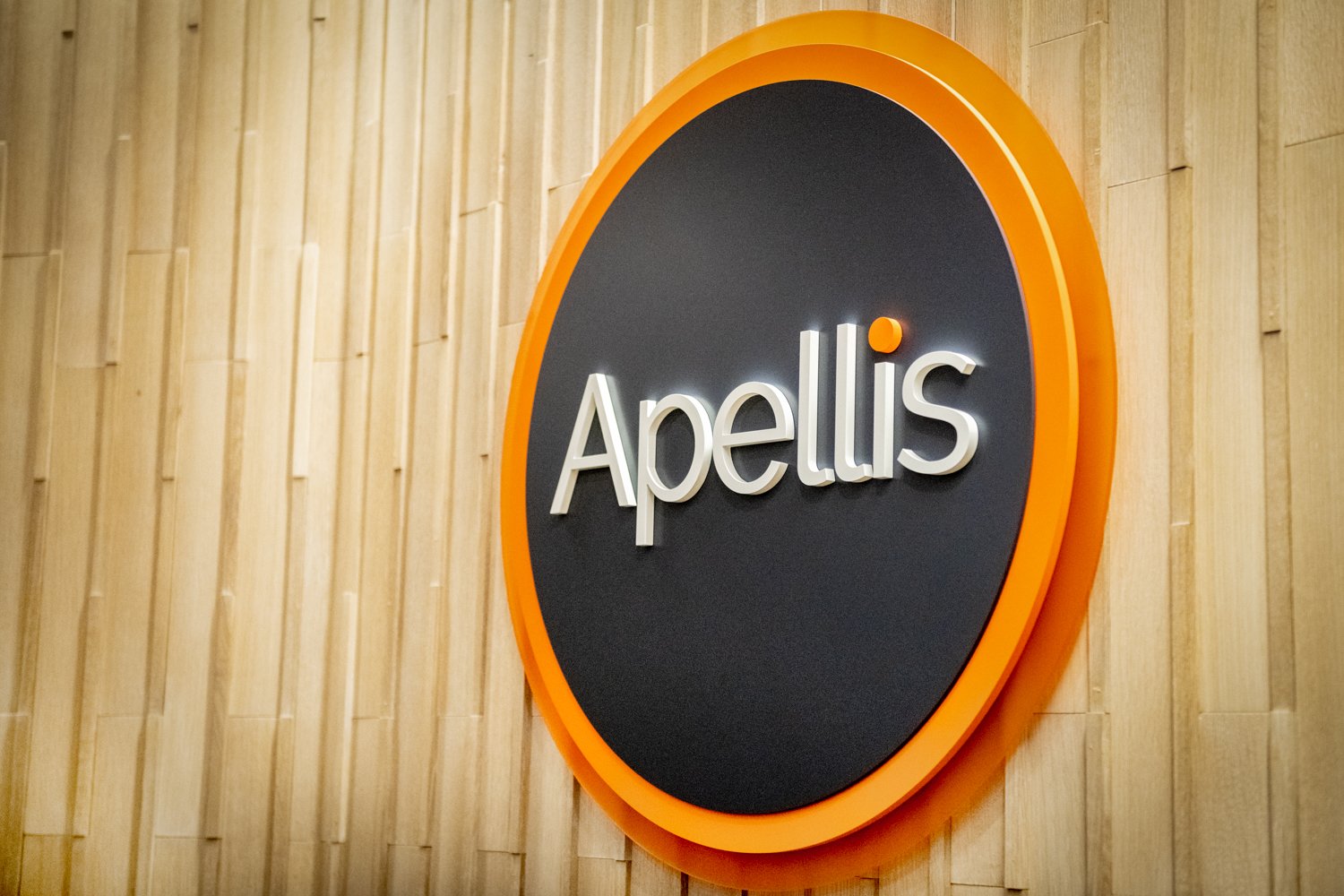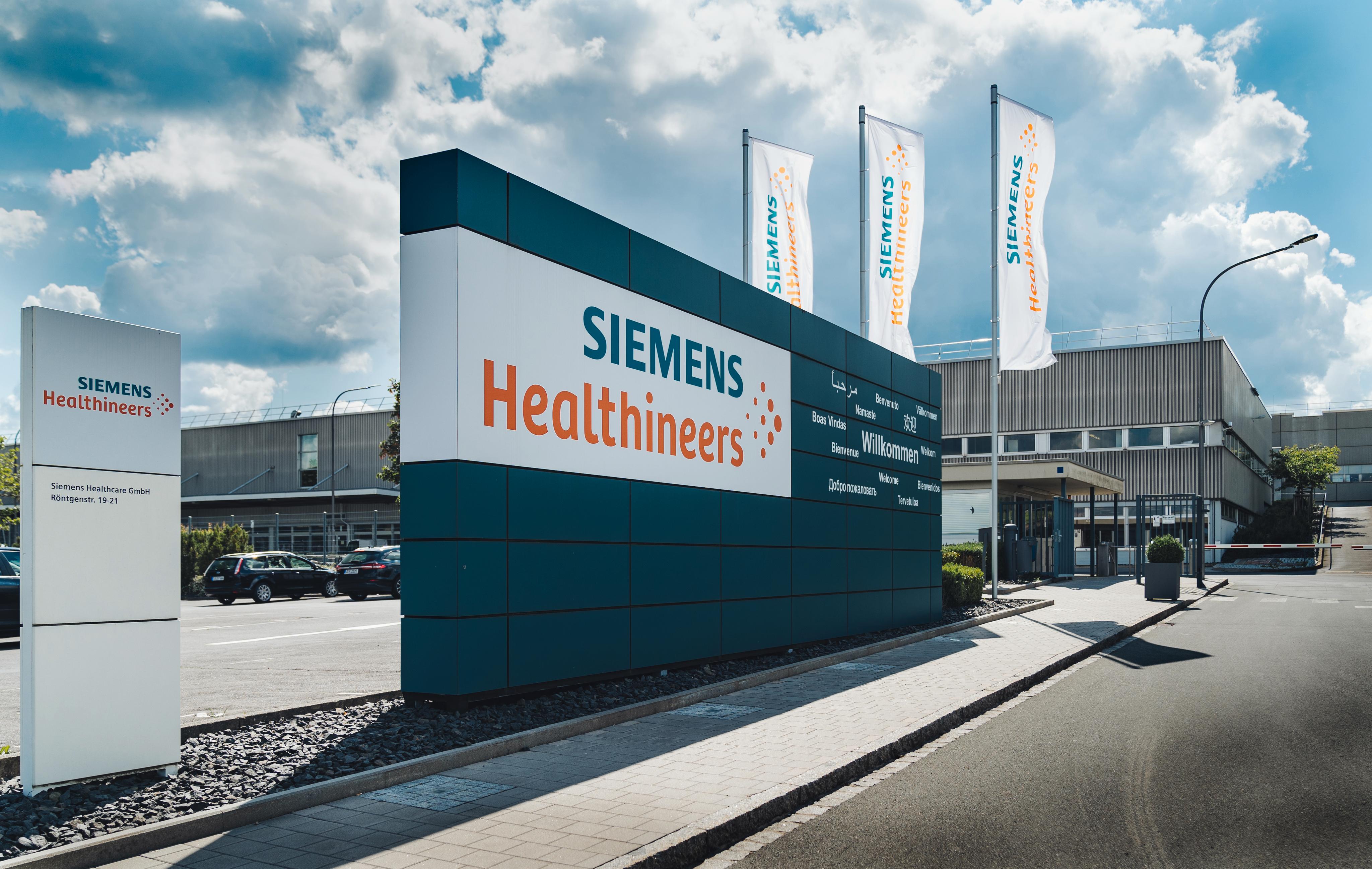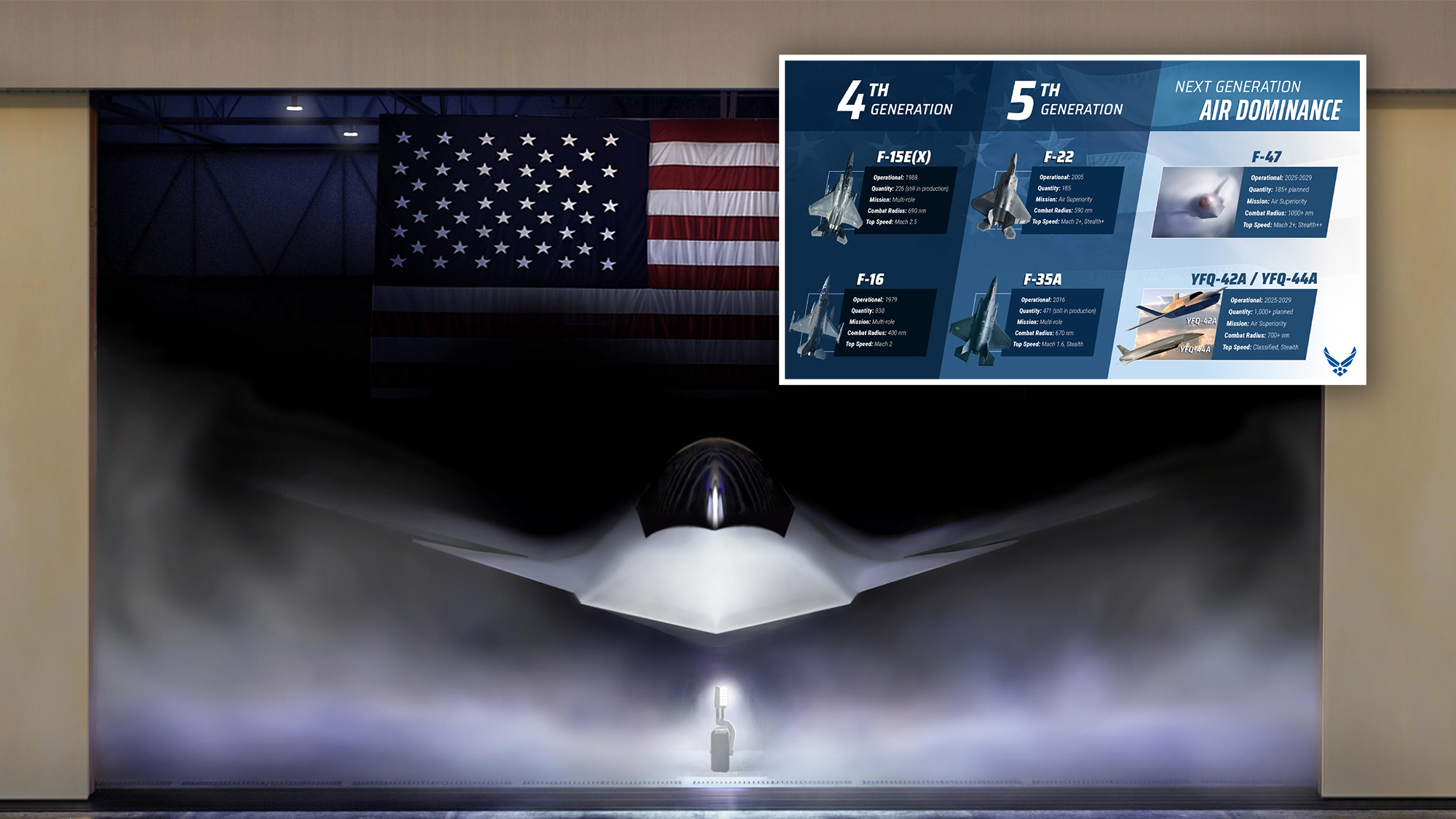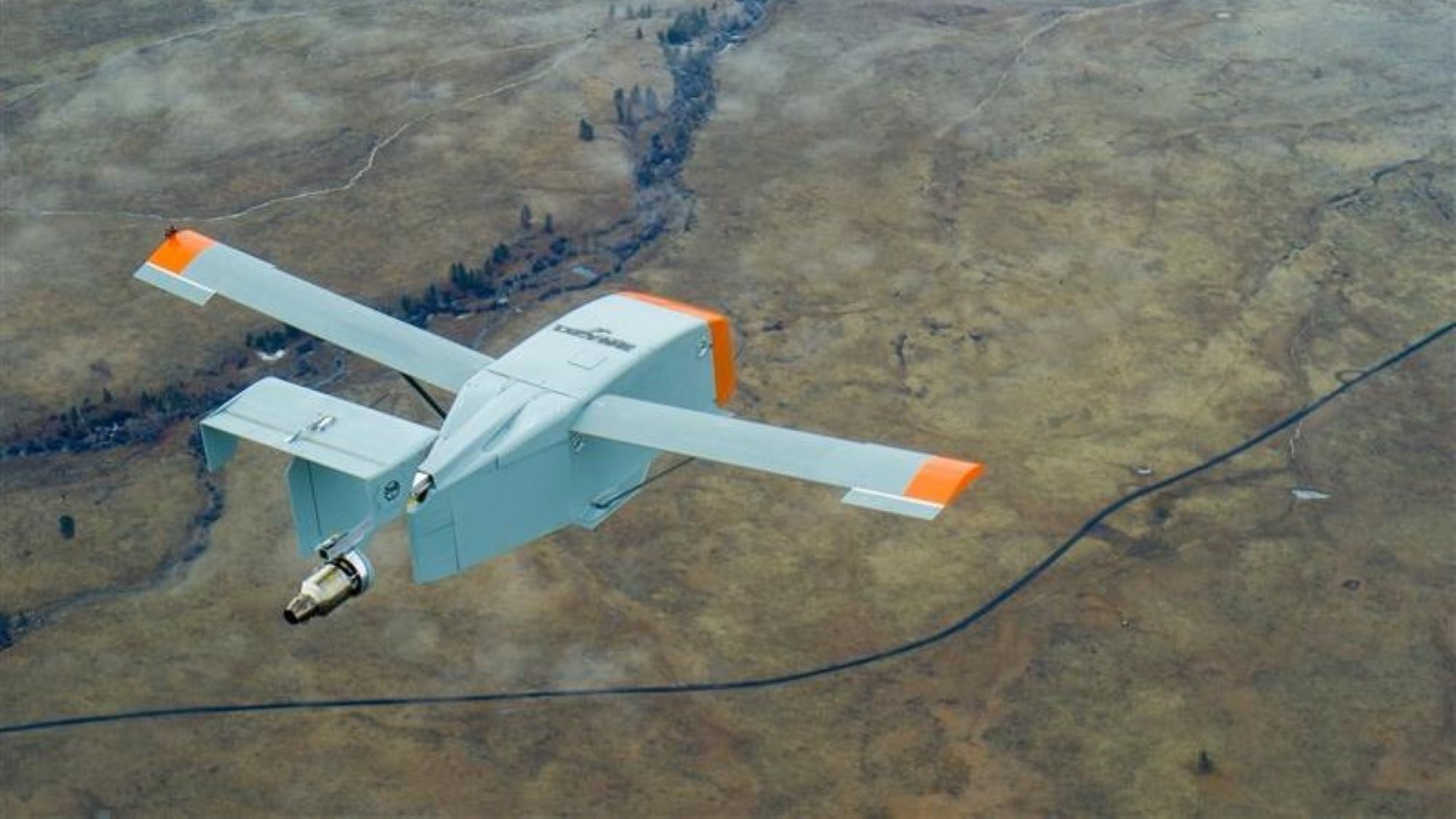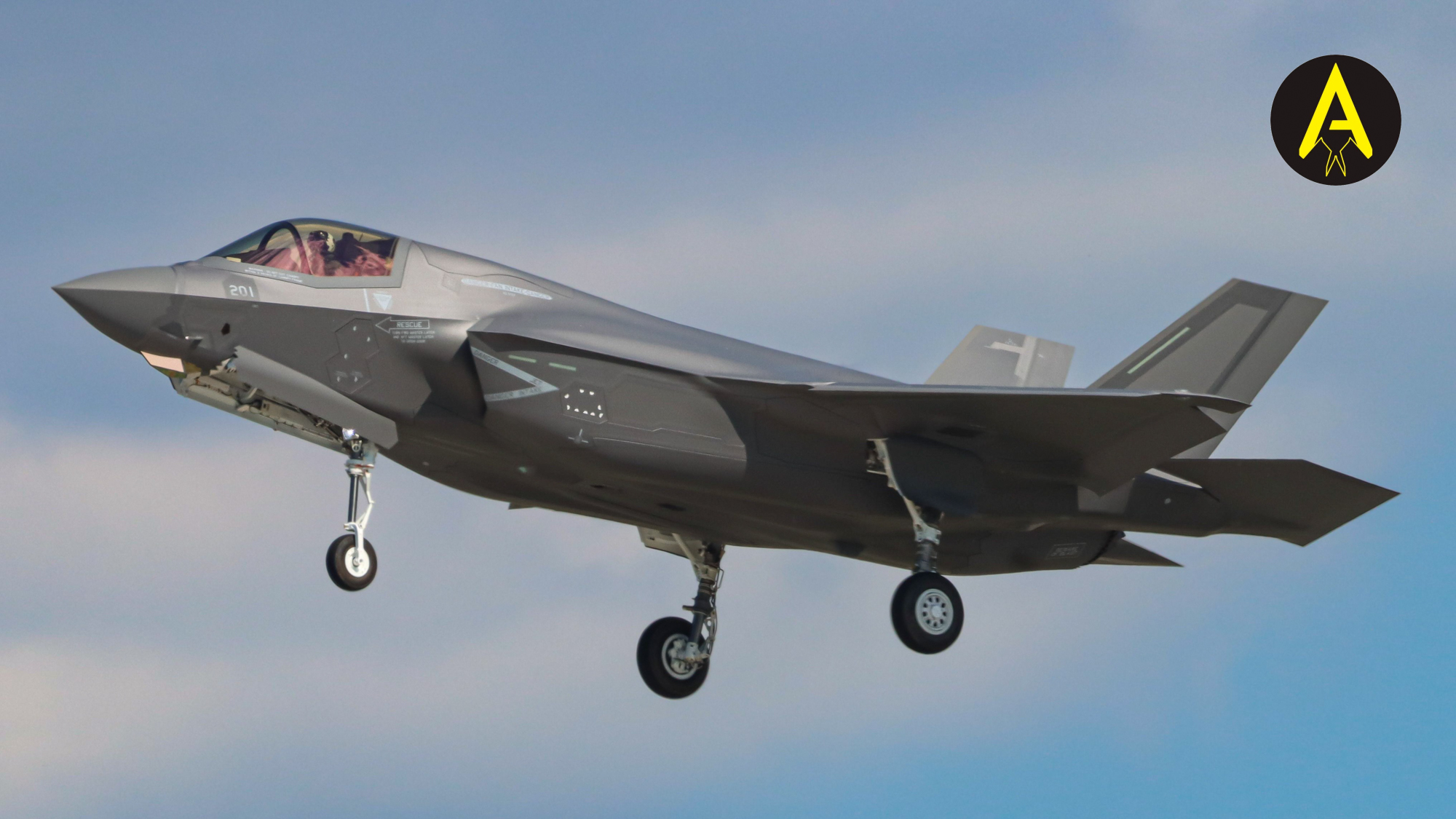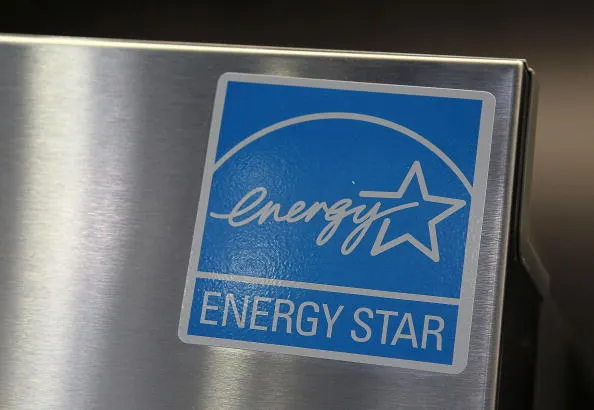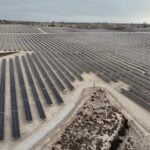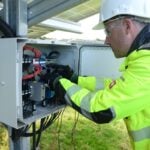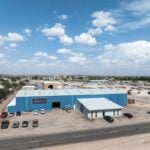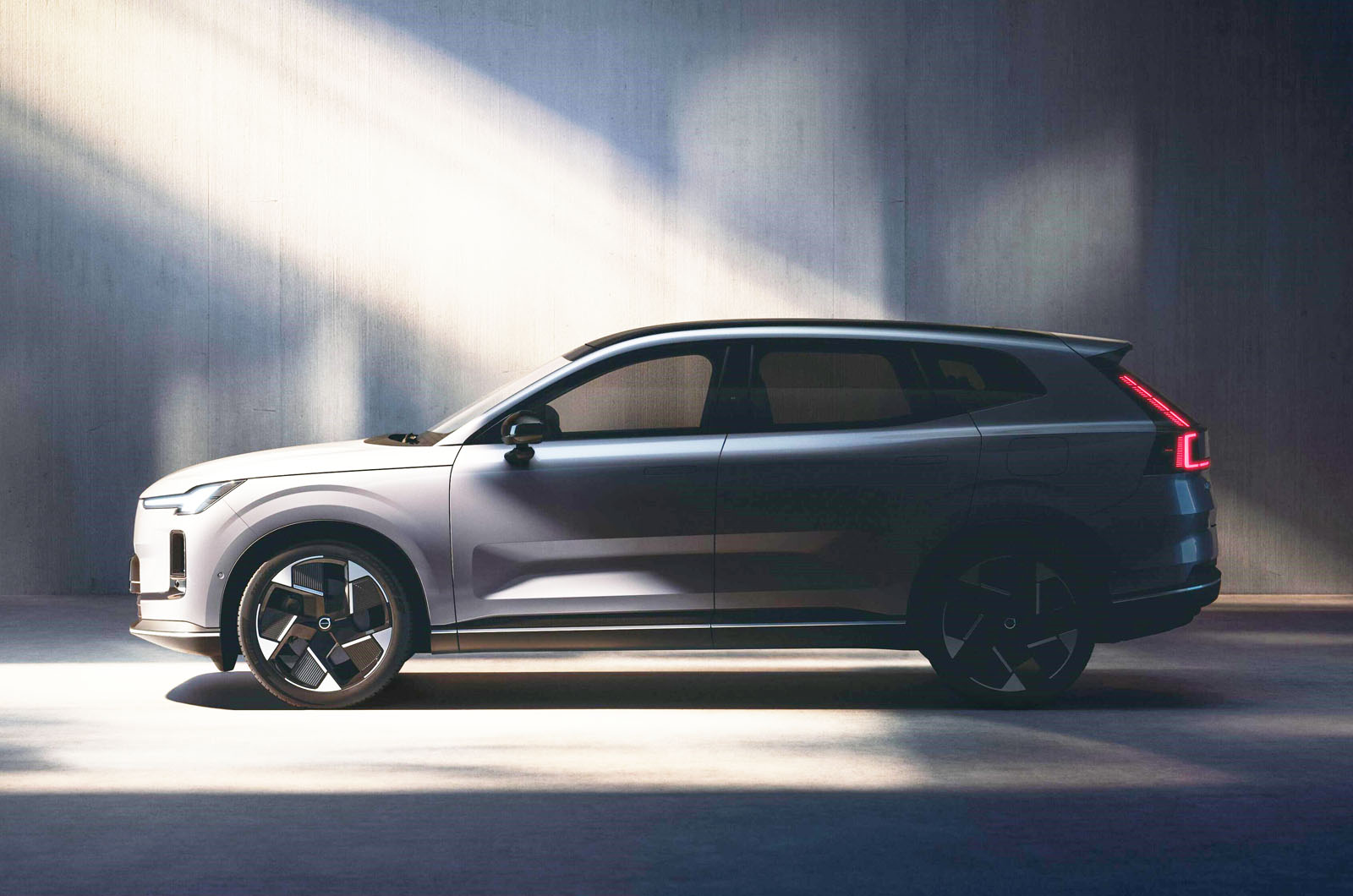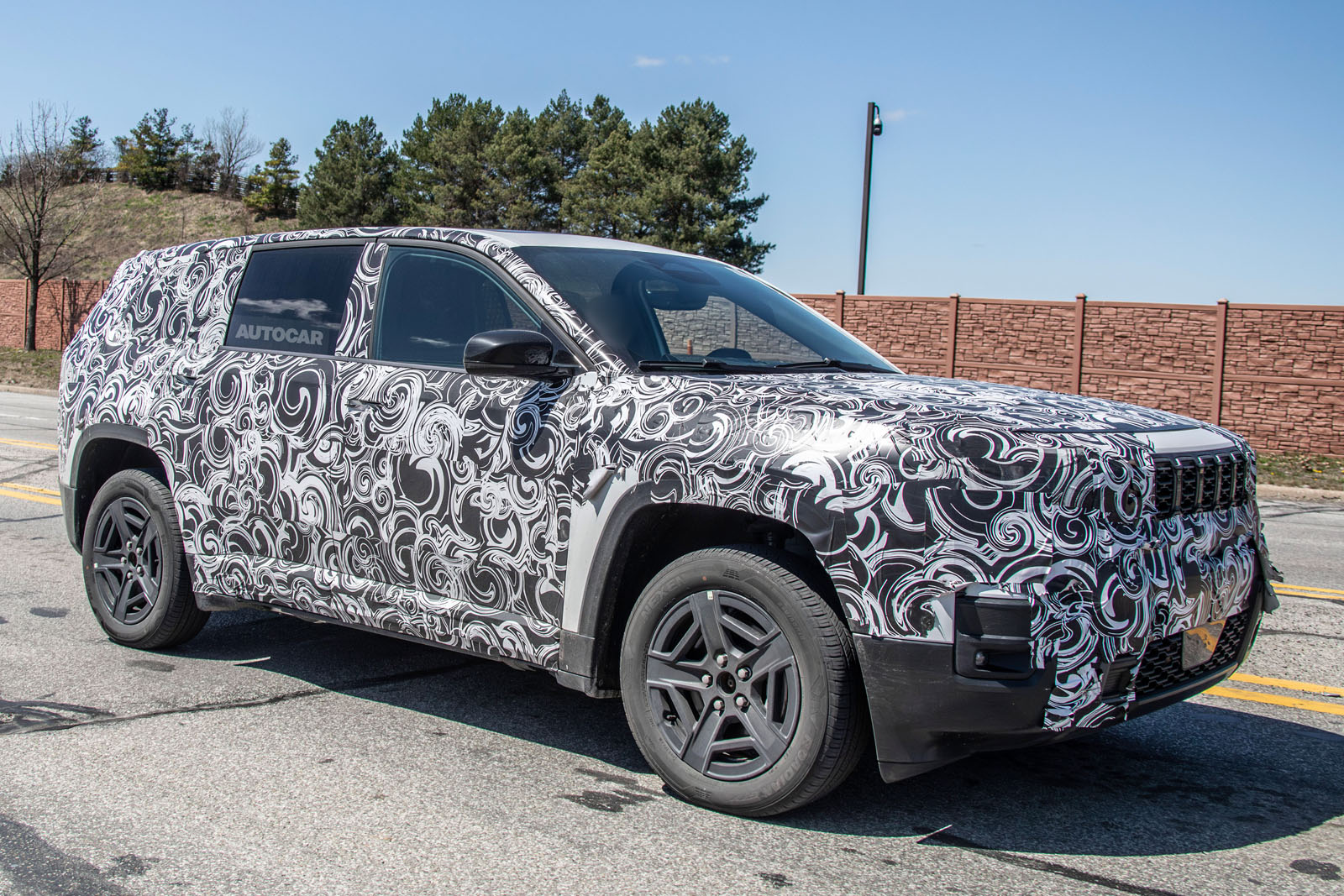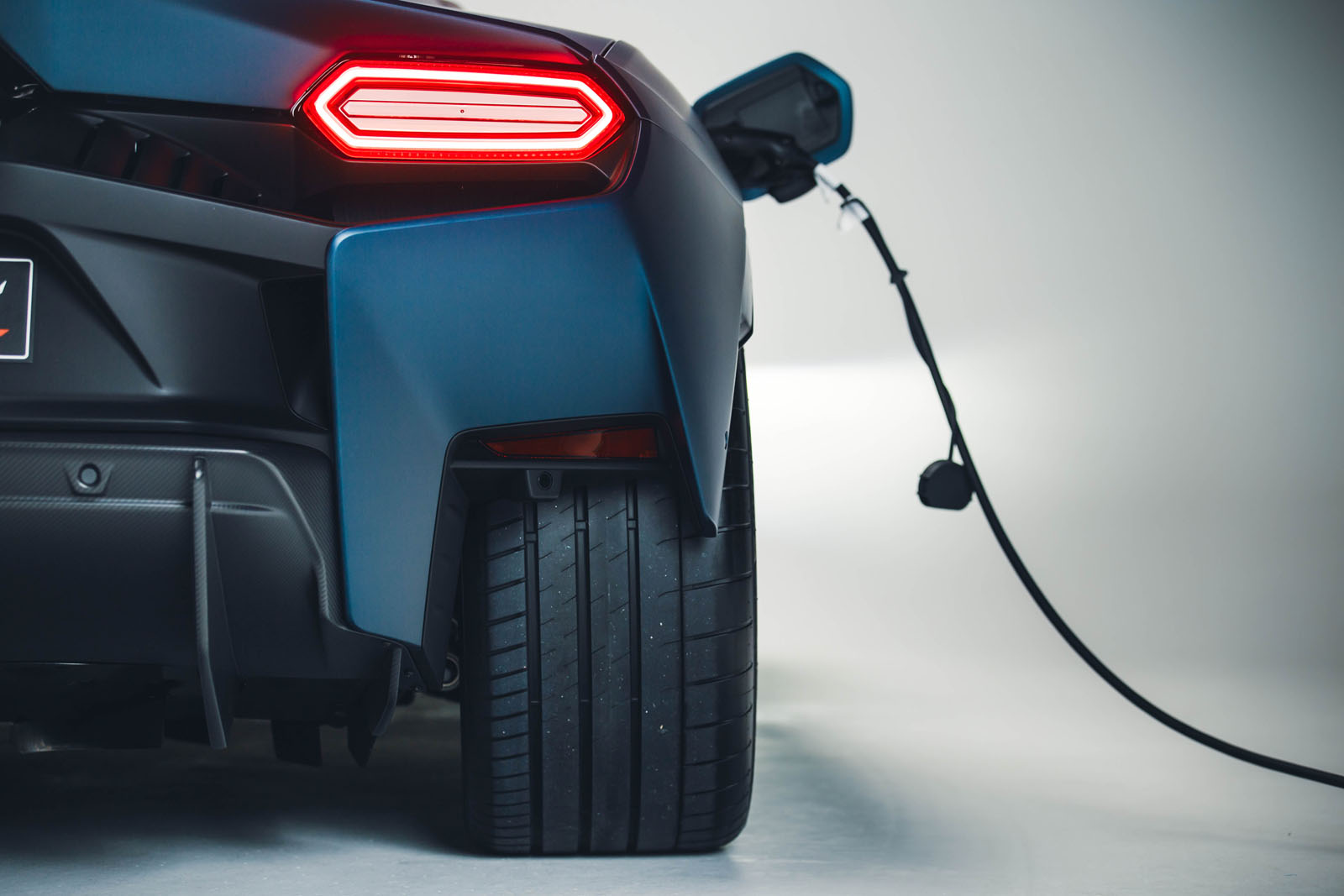Freelander due UK return as electrified 4x4 with JLR design
Chery-built crossover will have range-extender and pure-EV options plus Gerry McGovern styling The reborn Freelander brand, which revives the famous nameplate for a new family of Chinese-made models, will arrive in the UK before the end of the decade – and the first will be a chunky but rakish crossover designed by JLR chief creative officer Gerry McGovern. The new brand is the result of a tie-up between JLR and its long-term manufacturing partner in China, Chery, which will engineer the cars using its own electrified platforms. Announcing the Freelander’s return in June last year, JLR said the Chery collaboration creates “mutually beneficial prospects for the future”. Production of the debut crossover model will begin in late 2026, appearing first in China before global exports begin. It will be sold initially with a plug-in hybrid powertrain but EV and range-extender (REx) versions will follow. Although it will be built by Chery in Changshu – where the car maker already produces local-market Range Rover Evoques and Discovery Sports – the styling of the cars will be overseen by McGovern, the man behind the original Freelander designs. Autocar understands the first model will blend the rakishness of high-riding performance coupés like the Porsche Macan with chunky off-road design cues. It is believed that the intention is to make the car stand out in an ever more crowded SUV market by using the aesthetic of an off-roader on a more streamlined shape. By giving the car a younger, more confident silhouette, Chery can better differentiate the Freelander from JLR’s own incoming Defender Sport model (pictured below), which will shrink the blocky shape of the bigger car for a wider audience when it arrives around 2027. The Freelander will be underpinned by Chery’s T1X platform, which is used by a range of Chery brands, including recent UK arrivals Omoda and Jaecoo (the 7 pictured below). The platform has a variable wheelbase so can accommodate a range of cars from larger SUVs, such as the Range Rover Velar-sized Chery Tiggo 9L, to crossovers, like the Nissan Qashqai-sized Omoda 3. JLR has yet to indicate which types of models will make up the new Freelander family. However, it has previously said the new Freelanders will be seen as “independent from both Chery’s existing portfolio and JLR’s modern luxury House of Brands”, which is made up of Defender, Discovery, Jaguar and Range Rover. But it is known that the first Freelander will arrive initially as a plug-in hybrid. Chery offers a range of PHEV power outputs and the Freelander is likely to package the high-power system from the new Omoda 9 mid-size SUV. That model’s Super Hybrid System uses a 143bhp 1.5-litre turbo petrol and three electric motors to give a claimed combined output of 443bhp. That’s good for a 0-62mph sprint in just 4.9sec, something the all-wheel-drive Freelander is likely to improve on as Chery upgrades its combustion engines and electric motors. A similar set-up used by the new Tiggo 9L gives the car the ability to do Mercedes G-Class-style tank turns. Chery’s knowledge of JLR systems and its experience with its off-road-angled Jetour and iCar brands mean the Freelander is likely to have all the off-road ability you would expect of a car with a name associated with Land Rover, even if that badge will be absent. Electric power will also feature heavily thanks to the set-up’s 34kWh battery. In the Omoda 9, this gives a claimed electric range of 93 miles, something the Freelander could even exceed, given its more slippery shape. After the plug-in hybrid, REx and fully electric powertrains will arrive. RExs are the latest spin on hybrid cars, whereby a combustion engine acts as a generator to power the electric motor or top up the battery, rather than driving the wheels. The powertrain’s popularity is surging (sales doubling year on year) in China – one of JLR’s biggest markets that it is trying to rebuild after a tough 2024. As such, Chery’s REx technology is likely to have been particularly attractive to JLR when the deal was brokered. European manufacturers such as Volkswagen have also confirmed plans to launch their own REx models in Europe. As for the first pure-electric Freelander, its tech make-up remains a mystery. Currently, Chery sells only two EVs and its newer model is the Omoda E5, which is sold in the UK. A platform-mate to the Freelander, it draws power from a 61kWh BYD Blade battery, offers a WLTP range of 257 miles and uses a single 204bhp motor. However, when the Freelander EV finally arrives later this decade, more advanced technology is expected to be available, giving it more range and more power. That will be needed, because the Freelander is expected to be priced at almost double the E5’s £25,000. The high-volume nature of the platform means the cost of producing the Freelander at the Chery-JLR plant in Changshu near Shanghai will be relatively low. But with the model pitched at a higher price point than equivalent Om

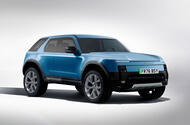 Chery-built crossover will have range-extender and pure-EV options plus Gerry McGovern styling
Chery-built crossover will have range-extender and pure-EV options plus Gerry McGovern styling
The reborn Freelander brand, which revives the famous nameplate for a new family of Chinese-made models, will arrive in the UK before the end of the decade – and the first will be a chunky but rakish crossover designed by JLR chief creative officer Gerry McGovern.
The new brand is the result of a tie-up between JLR and its long-term manufacturing partner in China, Chery, which will engineer the cars using its own electrified platforms. Announcing the Freelander’s return in June last year, JLR said the Chery collaboration creates “mutually beneficial prospects for the future”.
Production of the debut crossover model will begin in late 2026, appearing first in China before global exports begin. It will be sold initially with a plug-in hybrid powertrain but EV and range-extender (REx) versions will follow.
Although it will be built by Chery in Changshu – where the car maker already produces local-market Range Rover Evoques and Discovery Sports – the styling of the cars will be overseen by McGovern, the man behind the original Freelander designs.
Autocar understands the first model will blend the rakishness of high-riding performance coupés like the Porsche Macan with chunky off-road design cues. It is believed that the intention is to make the car stand out in an ever more crowded SUV market by using the aesthetic of an off-roader on a more streamlined shape.
By giving the car a younger, more confident silhouette, Chery can better differentiate the Freelander from JLR’s own incoming Defender Sport model (pictured below), which will shrink the blocky shape of the bigger car for a wider audience when it arrives around 2027.
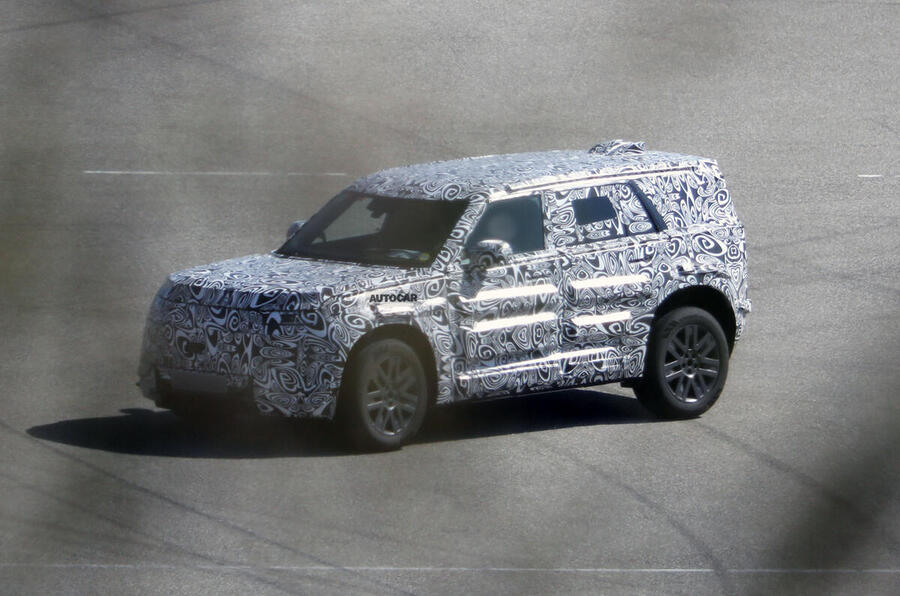
The Freelander will be underpinned by Chery’s T1X platform, which is used by a range of Chery brands, including recent UK arrivals Omoda and Jaecoo (the 7 pictured below).
The platform has a variable wheelbase so can accommodate a range of cars from larger SUVs, such as the Range Rover Velar-sized Chery Tiggo 9L, to crossovers, like the Nissan Qashqai-sized Omoda 3.
JLR has yet to indicate which types of models will make up the new Freelander family. However, it has previously said the new Freelanders will be seen as “independent from both Chery’s existing portfolio and JLR’s modern luxury House of Brands”, which is made up of Defender, Discovery, Jaguar and Range Rover.
But it is known that the first Freelander will arrive initially as a plug-in hybrid. Chery offers a range of PHEV power outputs and the Freelander is likely to package the high-power system from the new Omoda 9 mid-size SUV.
That model’s Super Hybrid System uses a 143bhp 1.5-litre turbo petrol and three electric motors to give a claimed combined output of 443bhp. That’s good for a 0-62mph sprint in just 4.9sec, something the all-wheel-drive Freelander is likely to improve on as Chery upgrades its combustion engines and electric motors.
A similar set-up used by the new Tiggo 9L gives the car the ability to do Mercedes G-Class-style tank turns.
Chery’s knowledge of JLR systems and its experience with its off-road-angled Jetour and iCar brands mean the Freelander is likely to have all the off-road ability you would expect of a car with a name associated with Land Rover, even if that badge will be absent.
![]()
Electric power will also feature heavily thanks to the set-up’s 34kWh battery. In the Omoda 9, this gives a claimed electric range of 93 miles, something the Freelander could even exceed, given its more slippery shape.
After the plug-in hybrid, REx and fully electric powertrains will arrive.
RExs are the latest spin on hybrid cars, whereby a combustion engine acts as a generator to power the electric motor or top up the battery, rather than driving the wheels.
The powertrain’s popularity is surging (sales doubling year on year) in China – one of JLR’s biggest markets that it is trying to rebuild after a tough 2024. As such, Chery’s REx technology is likely to have been particularly attractive to JLR when the deal was brokered.
European manufacturers such as Volkswagen have also confirmed plans to launch their own REx models in Europe.
As for the first pure-electric Freelander, its tech make-up remains a mystery. Currently, Chery sells only two EVs and its newer model is the Omoda E5, which is sold in the UK. A platform-mate to the Freelander, it draws power from a 61kWh BYD Blade battery, offers a WLTP range of 257 miles and uses a single 204bhp motor.
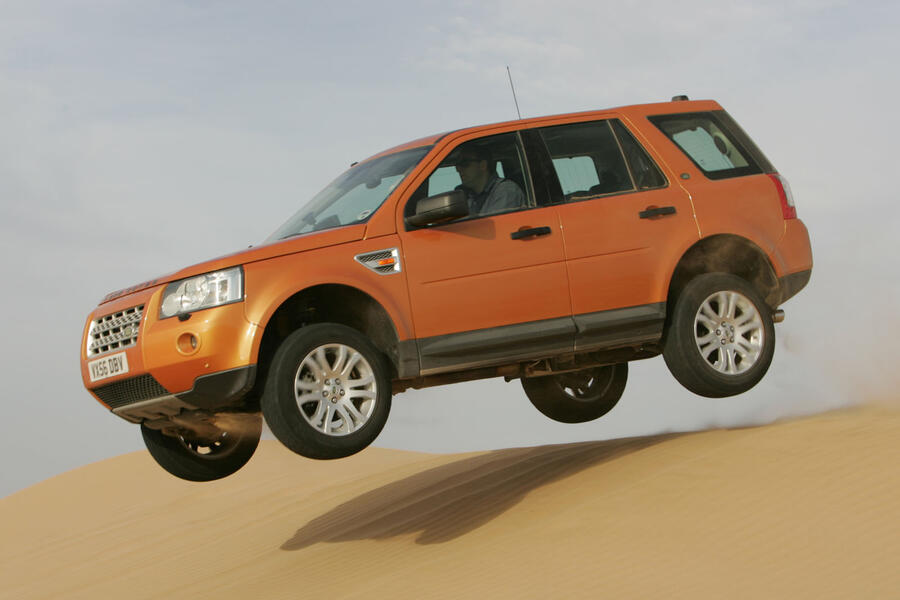
However, when the Freelander EV finally arrives later this decade, more advanced technology is expected to be available, giving it more range and more power. That will be needed, because the Freelander is expected to be priced at almost double the E5’s £25,000.
The high-volume nature of the platform means the cost of producing the Freelander at the Chery-JLR plant in Changshu near Shanghai will be relatively low. But with the model pitched at a higher price point than equivalent Omoda and Jaecoo SUVs when it arrives in the UK, it should offer good profit margins for JLR and Chery.
While a start date for UK sales has yet to be confirmed, JLR said last year that sales will be initially concentrated on China, with exports to other markets starting over time. However, Chery’s recent push to boost its own exports, including launching the all-new global Lepas, Jetour and iCar/iCaur brands, could persuade the company to move faster in getting the new Freelander into the European Union and UK markets.
The revival will strike a chord with UK buyers in particular, who have fond memories of the compact SUV that ran from 1997 until 2016, when it was replaced by the Discovery Sport.
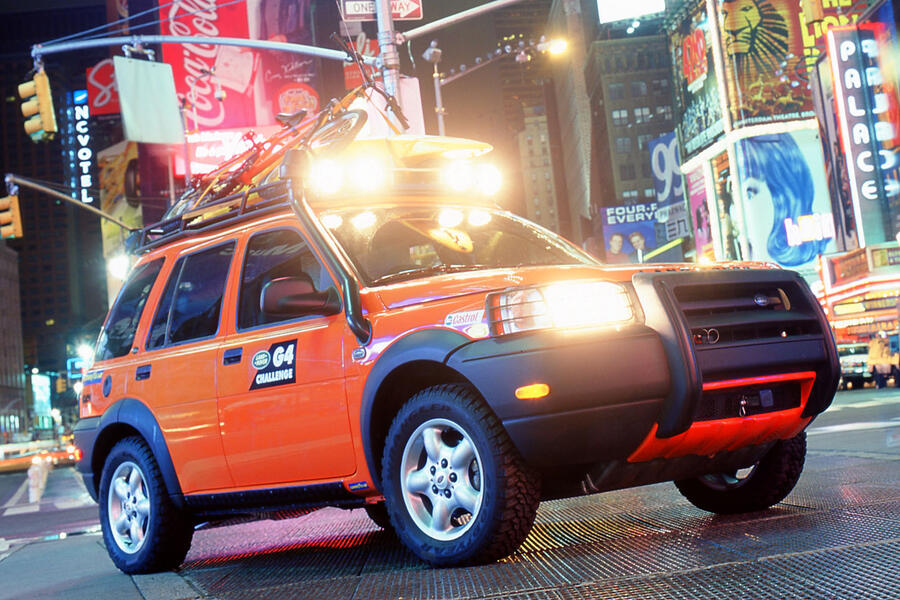
The rapid development of technology over the past 10 years means that previous Freelander owners will struggle to reconcile the digital features in the cabin with those of their old car. However, anyone worried that Chery will be tempted to bundle all cabin controls on to the screen – something brands such as Omoda and Jaecoo have been criticised for – will be comforted by Chery’s pivot towards chunky, tactile dials to operate features like the heating, volume and drive mode in the iCar range.
A large screen will still feature, though, either positioned landscape with a function to slide it across to the passenger (as in the Omoda 7) or portrait.
JLR has said the Freelander models will be sold via a network of its own dedicated Chery-run dealerships. Freelander won’t feature under the company’s luxury-focused ‘House of Brands’ marketing and sales strategy.
David Francis











